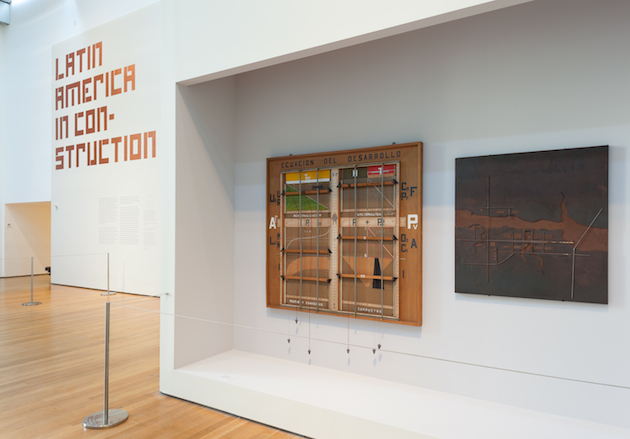
What was modernity and how can we understand it today? Can modernity even be firmly located in the past? If we consider architecture and design, the disciplines’ modernity inevitably encompasses a wide range of practices, many of which responded to similar theoretical frameworks – rejection of the past and utopian visions of the future, self-consciousness, progressive belief in human power to shape their environment through rational experimentation, knowledge and technology – yet took on entirely different forms. Modernity escapes narrow definitions and limited geographic and temporal frames; in fact, the elusive nature of modernity allows for varied iterations and shapes, which are not represented by how it has been theoretically approached. Turning to the discourse on architecture and design, modernity – broadly paralleled to International Style – seems to conform to a monolithic view of the period, inevitably West-centric and not at all international.
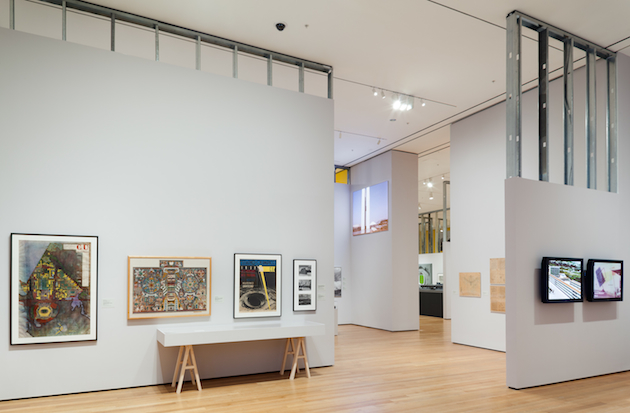
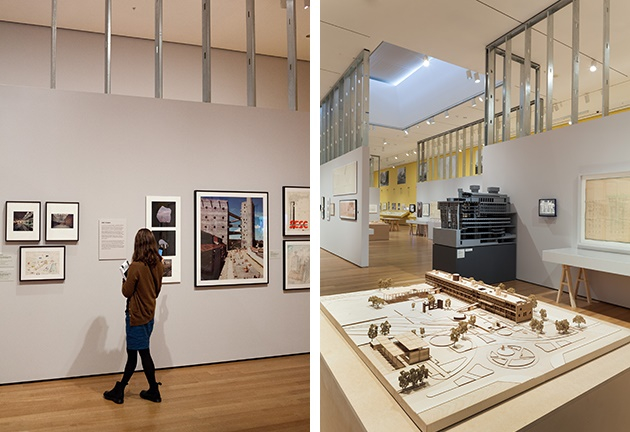
With the attempt of broadening the understanding of modernity in architecture today and defying such a limited view of the discipline’s past, the Museum of Modern Art in New York takes an in-depth view at architecture of South America with a new exhibition: “Latin America in Construction: Architecture 1955-1980”. Opening 50 years after MoMA’s last survey of the continent’s architectural practice – Latin American Architecture since 1945, held in 1955 – the exhibition curated by Barry Bergdoll, Patricio del Real, Jorge Francisco Liernur and Carlos Eduardo Comas, takes on a quarter of the century of architectural history, tracing its most significant developments, ideas and protagonists. Far from a view of Latin America’s architecture as a playground for European architects or a showcase of its already well-known stars (such as Oscar Niemeyer or Lina Bo Bardi), the show is structured around five central themes: “Urban Laboratories”, “Cities in Transition”, “Housing”, “Export” and “Utopia”. Each of these sections shapes a unique architectural discourse, specific to the continent, while also highlighting its connection to wider modern developments and modes of thinking.
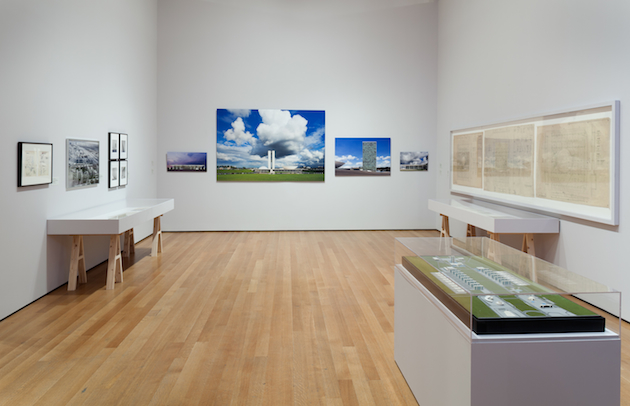
Latin America in Construction, an incredibly revealing and thorough exhibition, brings together more than 500 original works that have largely never been exhibited: from architectural drawings and models, vintage photographs, and films from the period collected from architecture and film archives, universities, and architecture offices throughout the region. “I was stunned by how Latin America had been systematically not part of my own historical education in architecture—despite the fact that I have three degrees in art and architectural history,” says Barry Bergdoll, the lead curator of the show. “Most history books on modern architecture in the English language assign a subordinate role to Latin America, and I was intrigued if it might be possible to see whether, in the postwar period, the region had been a full actor in a transatlantic development along with North America and Europe. Not simply as a place where the pupils of Le Corbusier went to build, but a place of origins of ideas.” In fact, this exhibition comes as a signal of a wider effort to read modernity as a period and space of thought defined by pluralism of ideas that deserve to be understood, than by canonic interpretations of theory and styles.
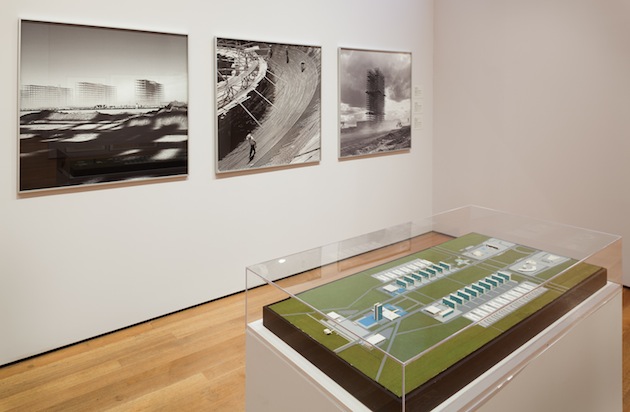
“Latin America in Construction: Architecture 1955-1980” runs until July 19th 2015 at the MoMA in New York.
Rujana Rebernjak – Images by Thomas Griesel, courtesy of the MoMA
